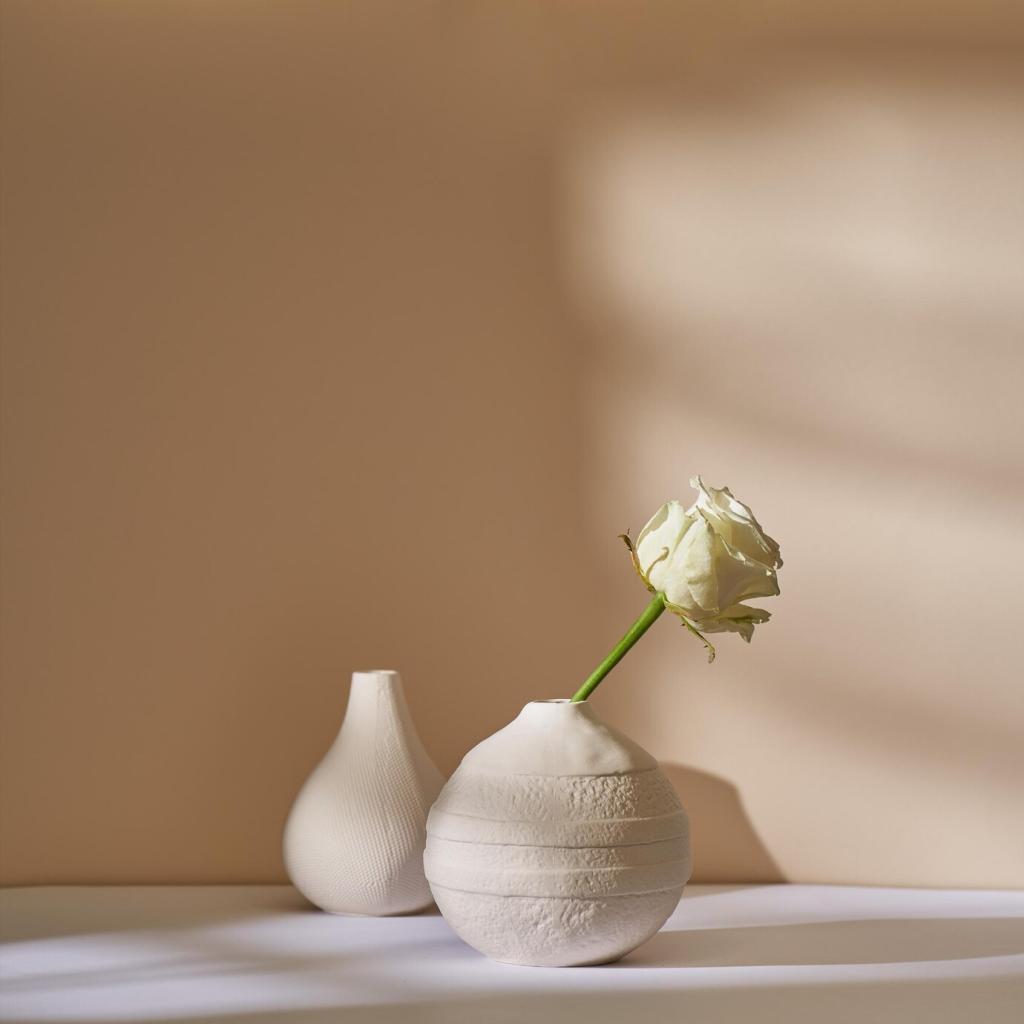Sustainable Materials in Minimalist Homes
Embracing minimalist design goes beyond simple aesthetics; it is about mindful living and conscious choices that extend to every corner of our homes. One of the most impactful ways to support both well-being and the environment is by utilizing sustainable materials within the minimalist home. These materials not only enhance the natural beauty and tranquility of a pared-back space, but also contribute to a healthier planet. This page explores how sustainable materials complement minimalist interiors and the profound impact they can have on daily life and the environment.

Defining Minimalism in Home Design
Minimalism in home design is about more than just reducing clutter. It encourages a lifestyle that prioritizes quality over quantity, seeking to leave only the essentials that bring value and joy. The use of sustainable materials further elevates this principle by ensuring that each piece within the home is responsibly sourced, well-crafted, and serves a lasting purpose.

The Principle of Sustainability
Sustainability in interior design involves selecting materials and products that have a minimal environmental footprint, are renewable, and can be repurposed or recycled. By integrating these into minimalist homes, you are consciously reducing waste and conserving resources. This approach benefits both the inhabitants and the global ecosystem for years to come.

The Harmonious Intersection
Where minimalism and sustainability meet, homes transform into sanctuaries that nurture inhabitants both visually and ethically. Choosing furnishings, finishes, and building materials with certification or responsible provenance ensures that your living environment is not only beautiful and calming but also a testament to mindful stewardship of the planet.
Natural Materials for a Minimalist Aesthetic
Wood: Timeless Warmth and Responsibility
Wood has been a favored material in minimalist settings for its warmth, simplicity, and adaptability. Sourced from well-managed forests, FSC-certified wood exemplifies both environmental responsibility and enduring beauty. It can be used for flooring, furniture, and fixtures, adding organic character while minimizing the carbon footprint associated with plastics or composites.
Stone: Lasting Strength and Minimal Processing
Stone complements minimalist spaces with its inherent strength, subtle texture, and unique patterns. Sourced locally, stone requires minimal processing and is exceptionally long-lasting, often outliving the buildings themselves. Its timeless presence, paired with the way it ages, makes stone a sustainable and minimalist choice for countertops, flooring, or accent walls.
Bamboo: Rapid Renewal and Versatility
Bamboo stands out as a highly renewable material, growing to maturity in just a few years. Its versatility allows it to be used for flooring, cabinetry, and decorative accents. Bamboo’s lightness and fine grain harmonize perfectly with minimalist interiors, offering clean lines and resilience while supporting a low-impact lifestyle.
Recycled and Upcycled Solutions
Recycled materials such as reclaimed wood, glass, and metals reduce resource extraction and breathe new life into pre-existing objects. Upcycling transforms once-discarded items into bespoke pieces that hold unique character and narrative. Within a minimalist home, these elements create a story of transformation, all while keeping waste out of landfills and conserving finite resources.
Low-VOC and Non-Toxic Options
The commitment to sustainability in minimalist living extends to the careful selection of paints, finishes, and adhesives that are low in volatile organic compounds (VOCs). These materials reduce indoor air pollution and contribute to a healthier living environment. Innovations in non-toxic formulations ensure that sustainability and safety go hand in hand in every aspect of interior design.
Plant-Based and Biodegradable Materials
Modern design has introduced bioplastics, cork, and hemp as viable alternatives to conventional materials. These plant-based options are biodegradable and renewable, providing elegant solutions for everything from textiles to wall coverings. By selecting them, minimalist homeowners directly support agricultural practices that are regenerative rather than depletive.
